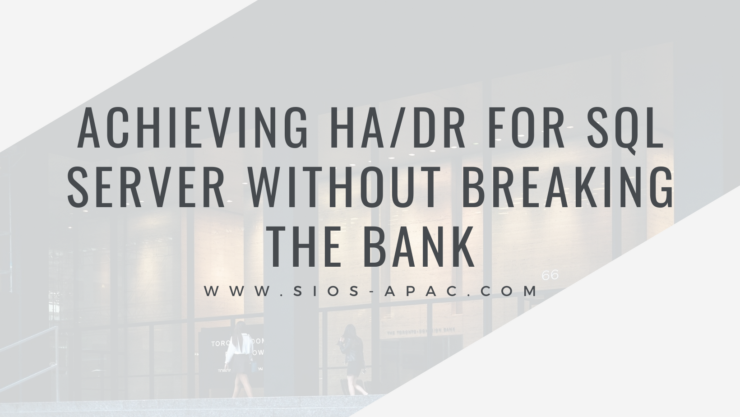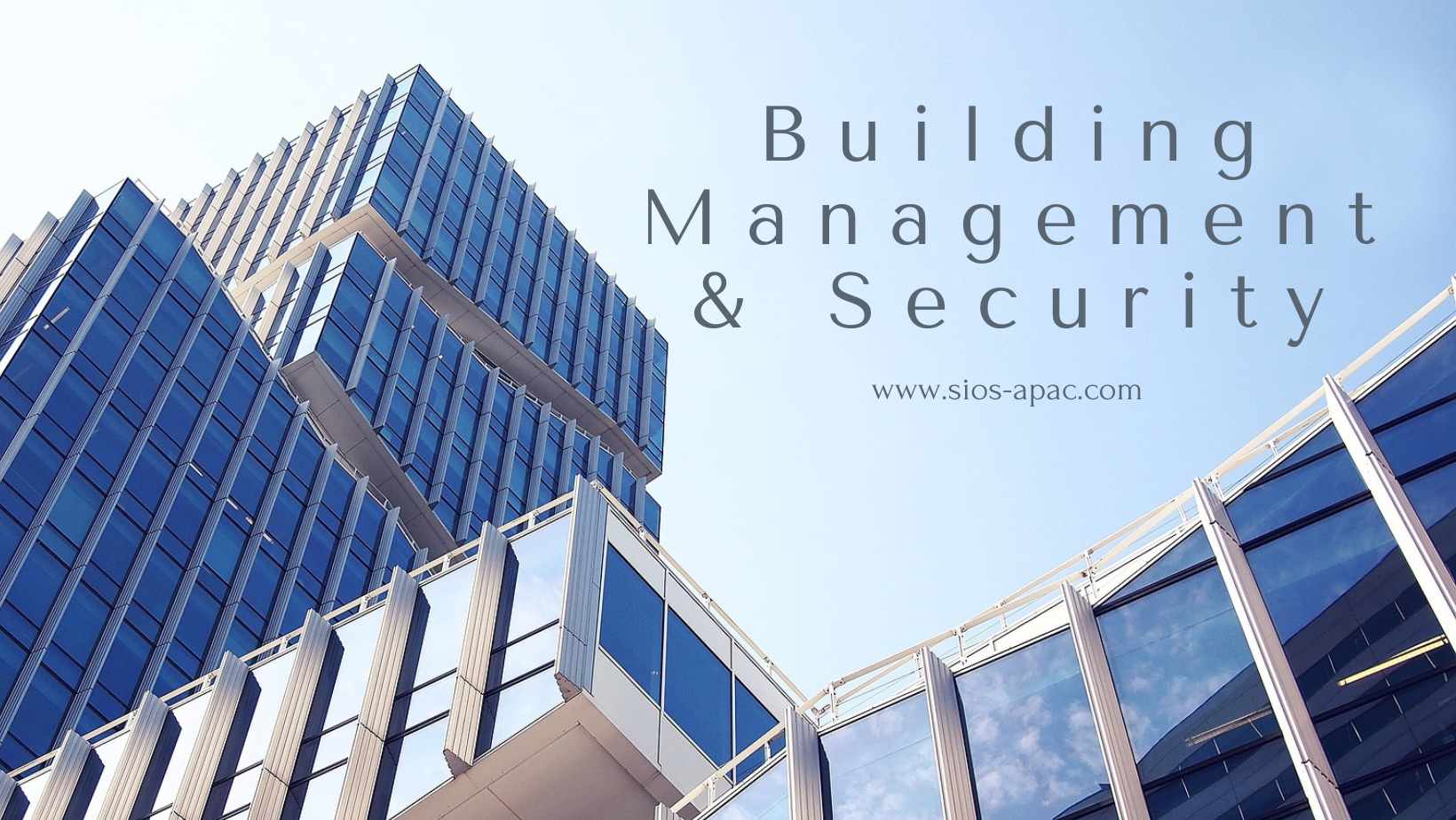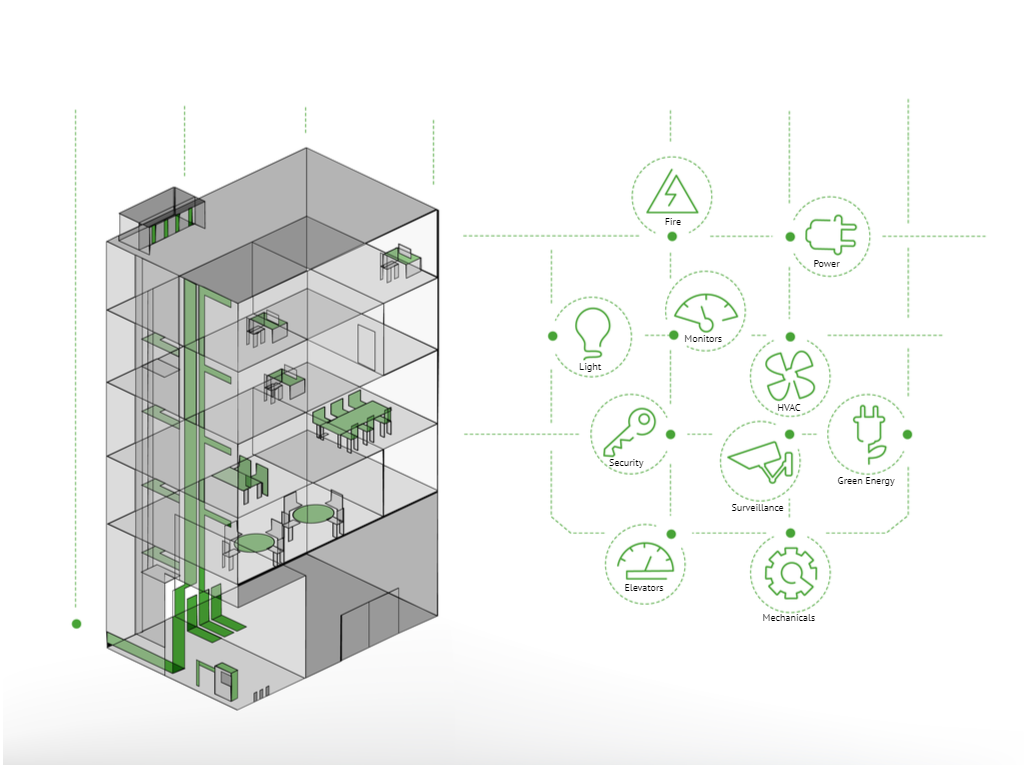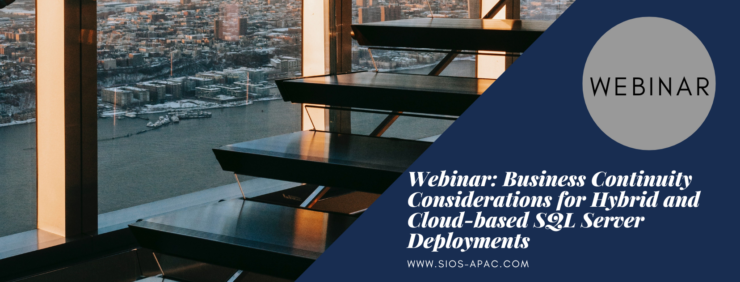| June 30, 2023 |
Achieving HA/DR for SQL Server Without Breaking the Bank |
| June 25, 2023 |
Financial Services |
| June 21, 2023 |
Call Center & CAD |
| June 17, 2023 |
Building Management & Security |
| June 13, 2023 |
Webinar: Business Continuity Considerations for Hybrid and Cloud-based SQL Server Deployments |





